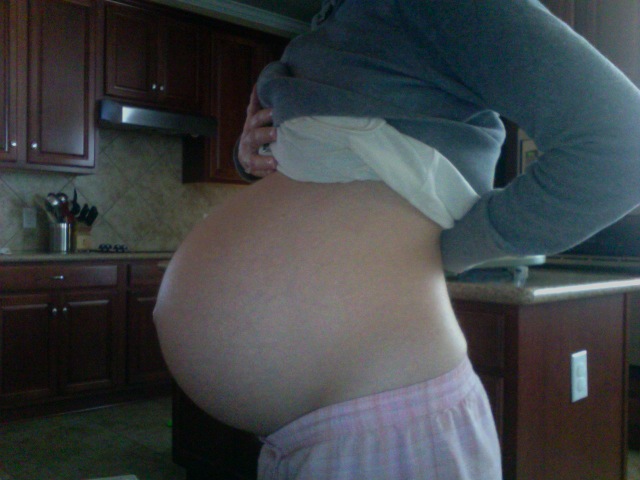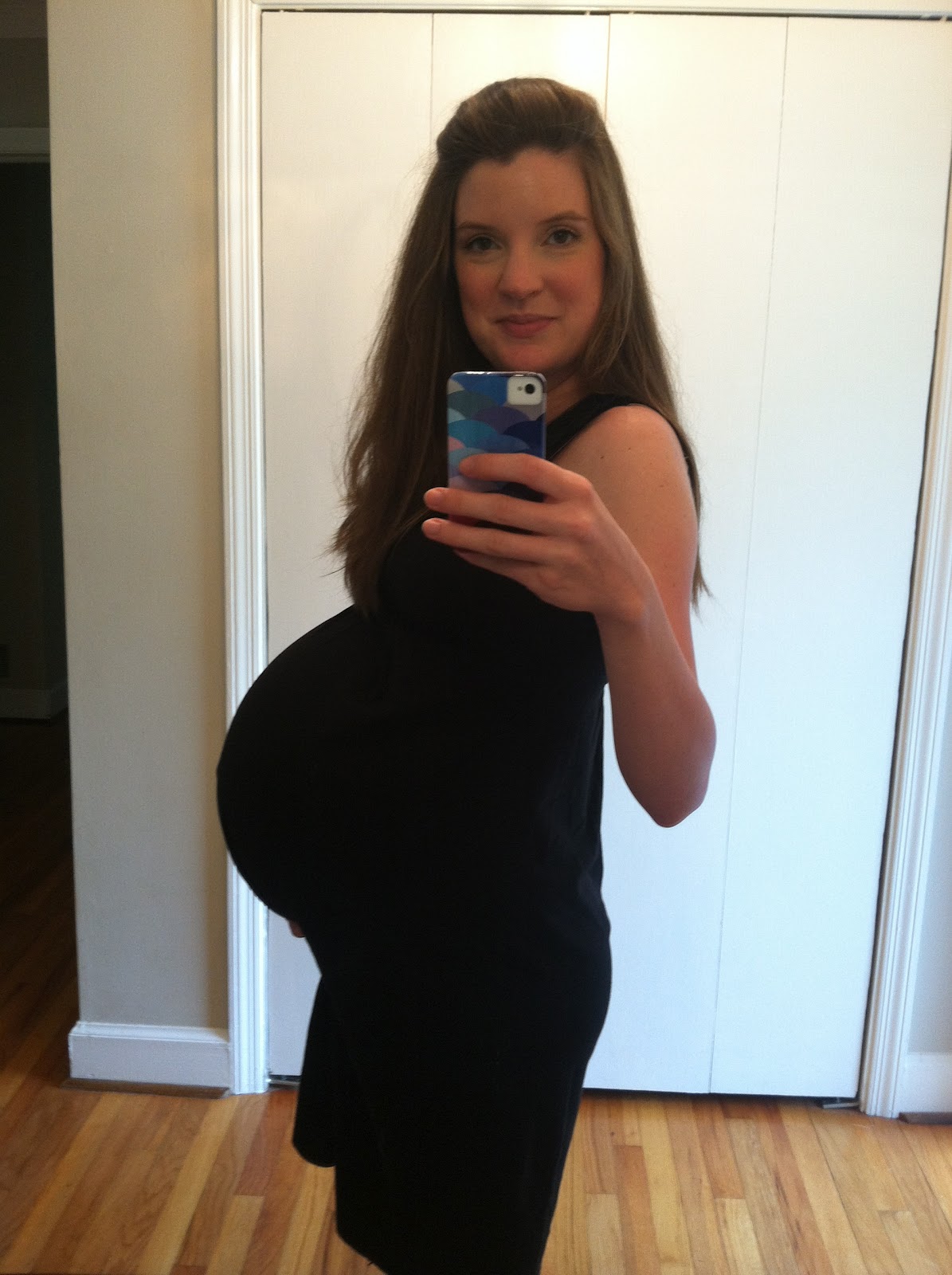

You have all these people hassling you, saying, 'Isn't he here yet?' Because, of course, you tell everybody your due date. "I do wish they could give you a 'due window' of three weeks instead of a due date," she says. Hannah Latham, 36, a writer from Bristol, was 18 days overdue when she gave birth to Noah, now six weeks old. Meanwhile, induction rates in England are rising – albeit very gradually – up from 18.3% of babies in 1990 to 20.2% last year. And yet it has become a fixed point by which we measure everything in pregnancy. Seventy per cent arrive after their due date. The trouble is that very few women fit the "average" – hence the huge variation in the dates when babies are born.
MOTHER LOST TWINS AT 40 WEEKS PREGNANT PLUS
It is based on the idea that human gestation lasts 10 lunar cycles (nine months plus seven days) and assumes that every woman has a monthly cycle of 28 days where she ovulates on the 14th day. The latter method, known as Naegele's rule, dates back to 1838. Statistics suggest it is marginally more accurate than the traditional LMP (last monthly period) date. In recent years the ultrasound dating scan at 12 weeks has been seen as the best measure of due date in the UK. There are clear signs if there is something wrong and the baby needs to come out: reduced foetal movement, for example, a deceleration in growth, or reduced amniotic fluid – all of which could be picked up by the mother or a midwife. The dates in themselves, says Gaskin, do not indicate the need for induction. She believes that every baby will come in its own time, and she is currently campaigning for 43 weeks – rather than 42 – as the definition of "late". The US midwifery guru Ina May Gaskin thinks so. So why is 40 weeks seen as the norm when only 5% of babies arrive on their due date – and when it is 41 weeks in France? Could we be inducing babies who don't need to be induced – exposing both them and their mothers to unnecessary risk? I wasn't sure he was really that late at all. And he had no signs of being post-dates: no wrinkly skin, and the amniotic fluid was clear.

It turned out that he was large, but not abnormally so (8lb 12oz his sister was larger at 9lb). I had wanted him to come out when he wanted to.

The induced labour was not a terrible experience – Jack was born with no complications in 50 minutes – but it was not ideal. But I wasn't happy acting against the hospital's wishes. I could have waited another day or two maybe. "How does that apply to this pregnancy in particular?" I asked, as all my tests were clear. Despite the fact that there were no signs that there was anything wrong, there was a risk of stillbirth, she said. The day before he was born, the hospital consultant had made it clear that she didn't agree with me remaining pregnant for a day longer. I held out as long as I could, but in the end Jack was induced. So if you give birth at 43 weeks, you are heading towards 11 months anyway. There is also a story of a woman in a prisoner of war camp who allegedly waited until the camp was liberated to give birth – at 12 months' gestation.īut maybe these claims are not so odd when you remember that the average pregnancy is actually nearer 10 months than nine. The actor Jackie Chan claims his mother carried him for 12 months before he was born by caesarean section, weighing 12lb. Historically, tales of weirdly overdue babies are not unprecedented.


 0 kommentar(er)
0 kommentar(er)
